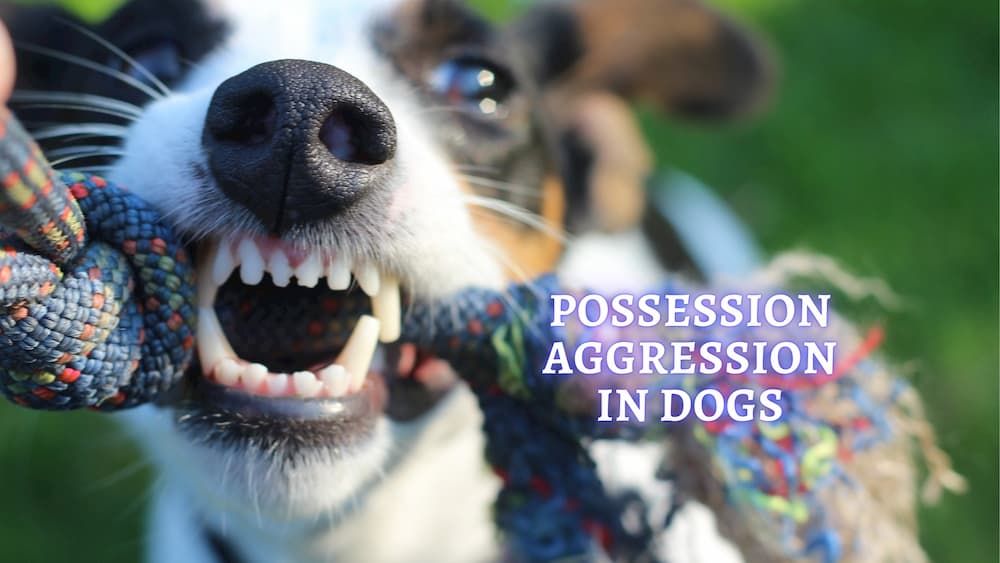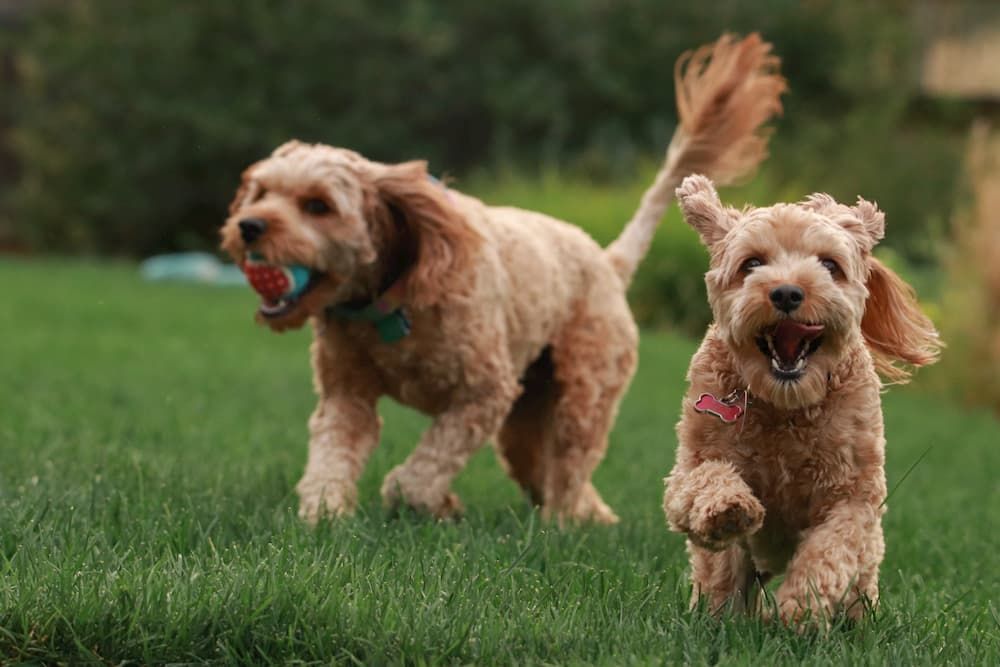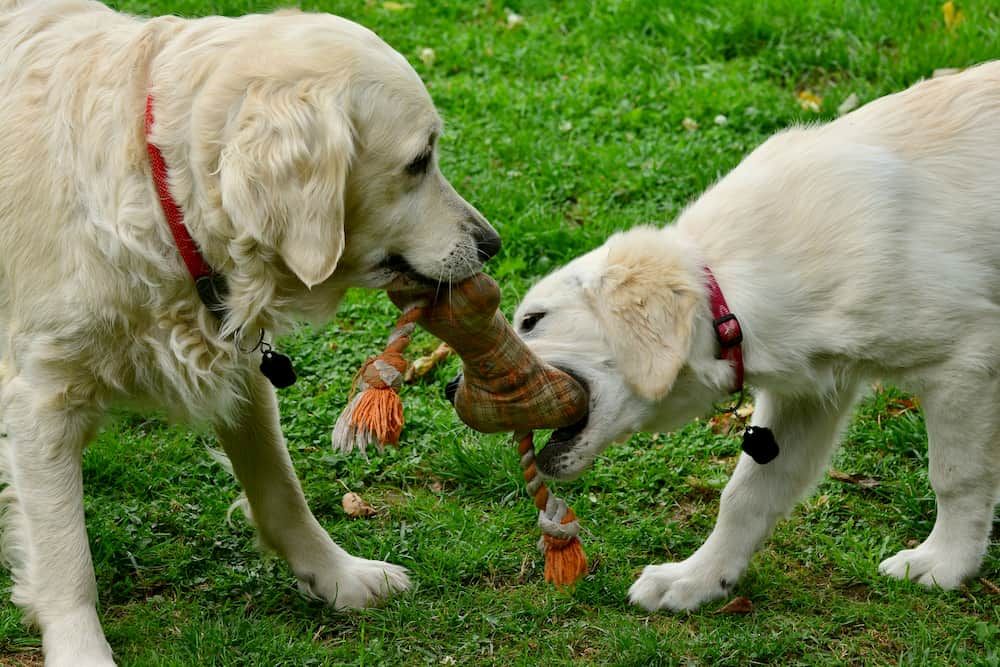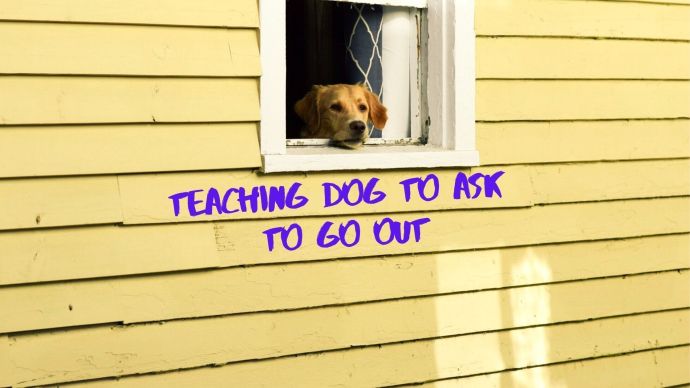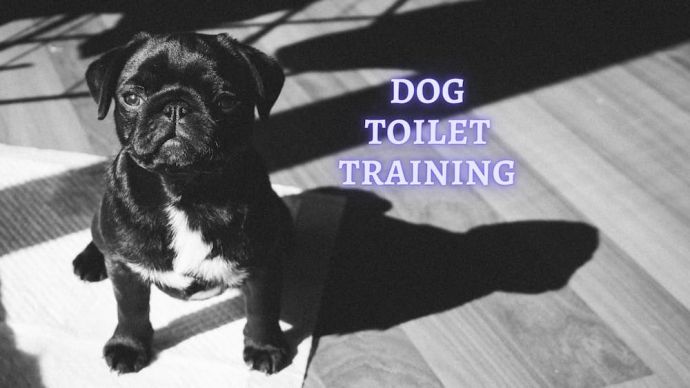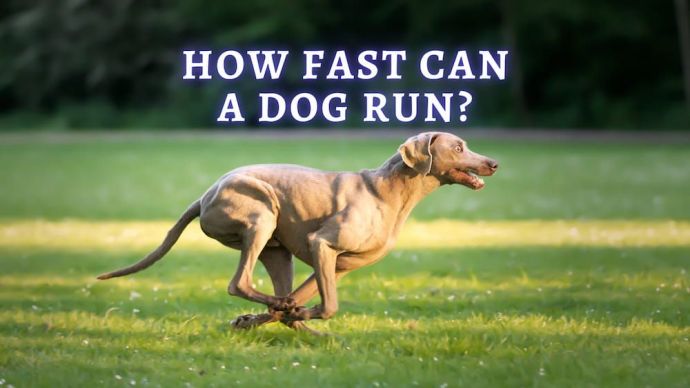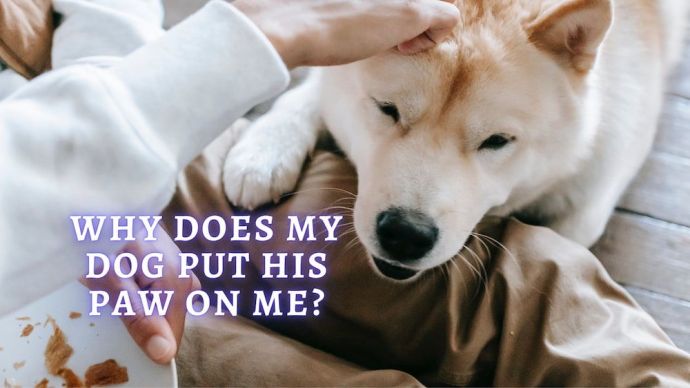Possessive Aggression in Dogs: What You Should Know
Written by:
Author: Alex Oldenburg
Certified Professional Dog Trainer (CPDT-KA) and the owner of MESSY Dog Training, Alex offering solutions to help owners and their dogs live in harmony. Alex has been training dogs for over a decade and loves solving behavior problems based on fear and anxiety, reactivity, and helping with the basics of obedience and household manners!
View all 5 articlesLearn about our editorial process and veterinary review board.
Viewed: 212
Updated on: 02/22/2023
Possession aggression, often also called resource guarding, is a common form of aggression in dogs. In fact, it’s common in humans, too!
In this article, we will explore the causes of possession aggression and how to ensure safety and reduce risk in the future.
What is Possession Aggression?
Resource guarding, or possessive aggression in dogs, occurs when a pet is scared that something they have will be taken away.
You often see this behavior displayed when a dog has a toy, bone, or sleeping area they don’t want to lose. The aggression may be directed towards another pet, a human, or both. The commonality is that this aggression only occurs when the object is around, and the dog tries to get someone to give them space and keep their item safe.
You will likely notice big displays, such as lunging, growling, barking, and snarling, to keep their item and try and get you or another pet to leave them alone. In severe cases, bites may also occur.
However, many owners miss or ignore the minor signs, such as stiffening when someone walks by when the dog is eating or staring intensely at another pet when chewing on a toy.
The good news is that this is a natural behavior for dogs and, as mentioned in the opening, for humans. You can imagine your reaction when someone (who likely said they DIDN’T want fries) tries to steal yours! This reaction is probably even worse when someone tries to take something of even higher value, such as your car.
It’s natural to protect things you have and think of as high value.
However, having a pet that bites over it is unsafe, especially if it’s a common occurrence. The level of the reaction needs to match the situation.
Going back to the human examples – I wouldn’t expect to have the cops called or beaten up over fry as a friend, but it’s a realistic reaction to someone you don’t know trying to steal your car.
Fortunately, there are several ways to manage the situation and use behavior modification to make the situation safer.
READ MORE: Are two dogs better than one?
How to stop Toy Aggression in Dogs?
Sometimes, the easiest solution is to prevent the situation from occurring. Rather than letting your pets have toys together when you know, one isn’t comfortable sharing, only bring out toys when the dogs are separated.
Baby gates, crates, doors, and other physical means can keep dogs separate or prevent them from accessing areas of the home they want to guard.
You can also use these methods to keep children away from pets when they aren’t supervised and keep the items a dog may guard out of reach.
Leashes and tethers can also be helpful in some situations, and for some dogs, wearing a muzzle is a beneficial form of management.
The type of muzzle that is best for this situation is one where the pet can fully pant, breathe, and drink – a basket muzzle with plenty of space.
The Muzzle Up! Project [3] has excellent resources on fitting a muzzle and teaching your dog to wear one comfortably, so they aren’t stressed out.
The easiest solution will always be management – something you can do to change the situation, so it doesn’t need to happen again.
However, management won’t fix the problem directly, and there’s also always a risk that the command fails. So, while control is critical, it’s also essential to spend some time on a behavior modification plan.
READ MORE: Best Dog Muzzles
Behavior Modification and Training
To make your dog safer to be around when they have possession aggression, it’s vital to utilize the management options available to you to keep everyone safe, while still trying to teach your pet not to react as severely in the future. As previously discussed, this type of aggression comes from a worry that something will be taken away.
This means it’s critically important to NOT punish your dog for this behavior.
A punished dog simply learns that the behavior doesn’t work, and they have to try something else out instead. Unfortunately for us, dogs typically choose to display even more severe aggression in the future to get their point across.
One of the worst-case scenarios is when a dog is punished for growling and learns that growling doesn’t work. Now, instead of teaching your dog not to guard items with aggression, you’ve simply taught them that you don’t listen to their growling.
In the majority of cases, this means a dog will skip a warning growl and go straight to biting – which is a much more dangerous situation.
Instead, teach your dog that you aren’t a threat.
Practice trading items with your dog. Offer a piece of something delicious, like a hot dog or string cheese, and then trade a low value toy. After they’ve enjoyed the hot pet, give the toy back!
We want our dogs to learn that we give something good back in return when we take things. We also don’t always keep the things that we take.
It’s important that you trade something of equal or higher value, from the pet’s perspective. Think of it like this: I won’t trade you a dollar bill for 3 quarters – I expect at least 4 quarters in return – equal value plus a little something for the trouble.
Dogs with a more serious case of possession aggression often need help from a qualified trainer or animal behavior consultant. The Certification Council for Professional Dog Trainers[1] and the International Association of Animal Behavior Consultants[2] are two great places to start your search.
However, by using management and practicing trading in minor aggression situations (or as a preventative measure) you can make a situation much safer for everyone in the future.
Article Sources:
- “Certification for Professional Dog Trainers and Behavior Consultants.” CCPDT, ccpdt.org.
- Design, Chris. “International Association of Animal Behavior Consultants.” International Association of Animal Behavior Consultants, m.iaabc.org.
- The Muzzle Up! Project | Muzzle Advocacy, Education, and Training. muzzleupproject.com/.
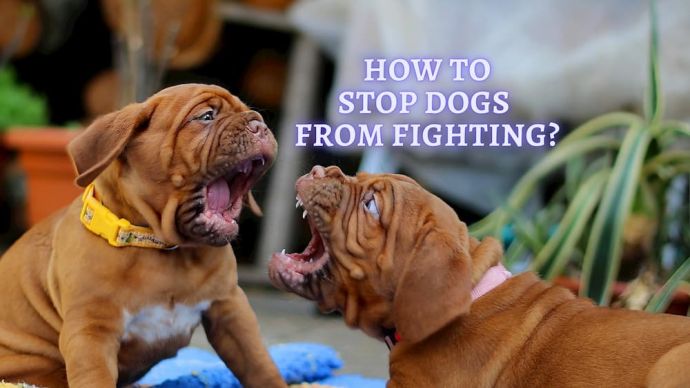 Dog Training How to Stop Dogs from Fighting with Each Other? (Dog Trainer Advice)
Dog Training How to Stop Dogs from Fighting with Each Other? (Dog Trainer Advice) - 234
- 0
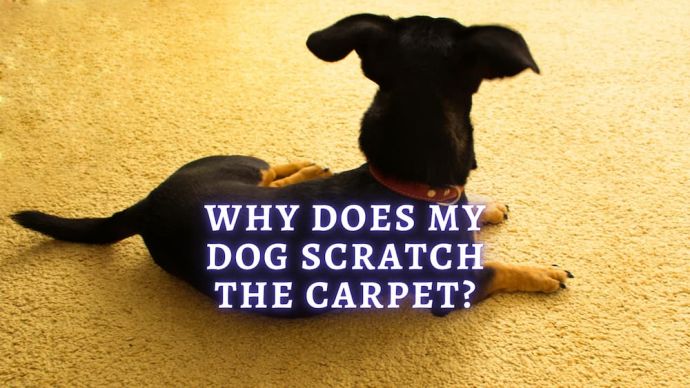 Dog Training Why Does My Dog Scratch The Carpet? 16 Reasons Why Your Dog Trying To Dig In The Carpet
Dog Training Why Does My Dog Scratch The Carpet? 16 Reasons Why Your Dog Trying To Dig In The Carpet - 198
- 0
 Dog Training Why Does My Dog Follow Me Everywhere? 7 Reasons Your Dog Follows You
Dog Training Why Does My Dog Follow Me Everywhere? 7 Reasons Your Dog Follows You - 292
- 0
 Dog Veterinary Tips Why is my Dog throwing up: Causes and Preventing (Veterinary Advice)
Dog Veterinary Tips Why is my Dog throwing up: Causes and Preventing (Veterinary Advice) - 23424
- 5
 Dog Care Why Is My Dog Bleeding From Its Butt? Causes and treatment of rectal bleeding in the dog
Dog Care Why Is My Dog Bleeding From Its Butt? Causes and treatment of rectal bleeding in the dog - 22076
- 0
 Dog Care My Dog Keeps Scratching His Mouth: Reasons Why Your Dog Scratching Face
Dog Care My Dog Keeps Scratching His Mouth: Reasons Why Your Dog Scratching Face - 17561
- 1









